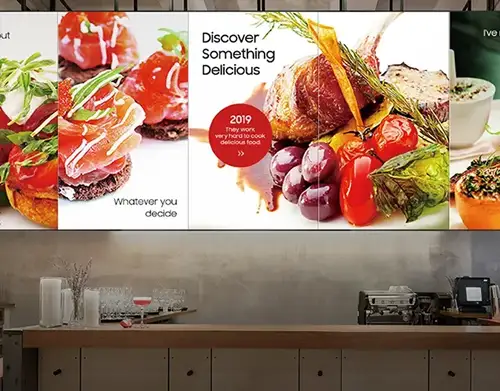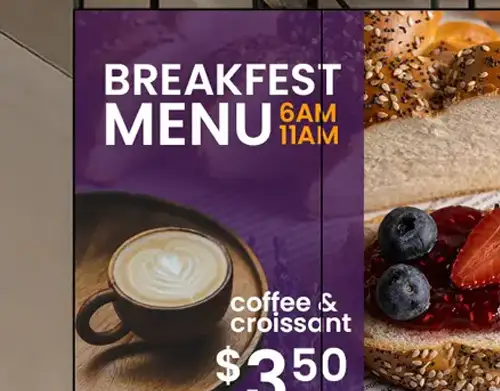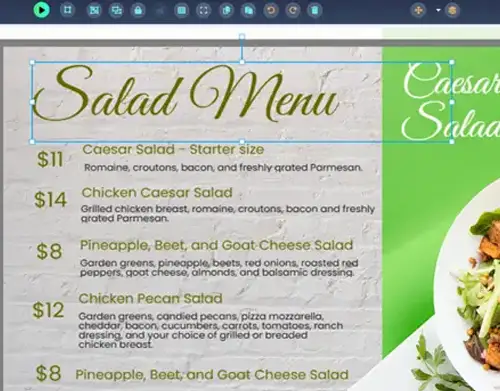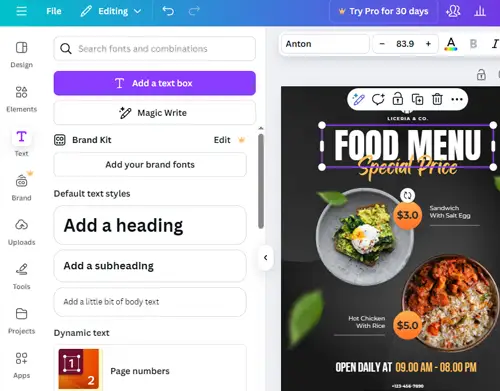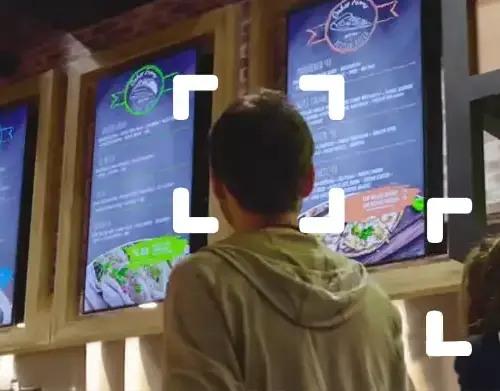Using Smart Scheduling to Match Menu Timing with Customer Flow
Digital menu boards do more than display food and prices. When you schedule your menus by time of day, you match what you show to what your customers want. This approach increases sales and reduces errors.
Why Time-Based Scheduling Works
Customers have different needs throughout the day. Morning customers want coffee and breakfast. Lunchtime customers want fast meals. Dinner traffic expects hearty options. Happy hour crowds look for drinks and appetizers. Showing the right menu at the right time helps you sell what people are looking for. A study by the National Restaurant Association shows that time-based menu promotions can raise sales by up to 15 percent. When customers see relevant options, they order faster and spend more.
Featuring high-margin items during peak hours increased sales by
30%
Promoting add-ons during peak periods increased upsell revenue by
15%
20%
How Smart Scheduling Improves Operations
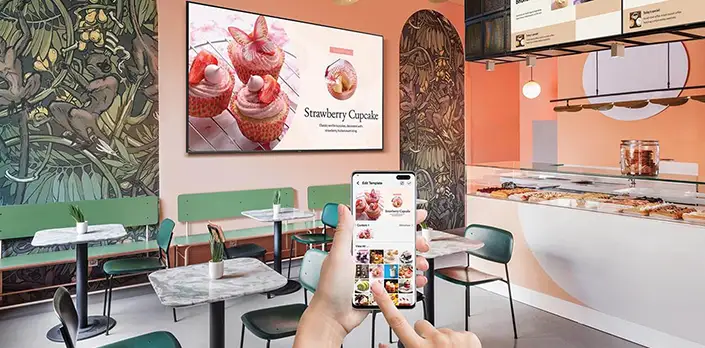
Reduces mistakes
When your menu changes automatically, staff always see the correct items and prices. This reduces order errors and pricing confusion. Customers get what they expect, and you avoid awkward corrections or refunds. Consistency builds trust and keeps service running smoothly.
Speeds up service
When customers see the menu that fits the time of day, they make decisions faster. No one wastes time asking if breakfast is still available or if the happy hour deal is active. Faster decisions mean shorter lines, quicker table turns, and a smoother customer flow during busy periods.
Keeps inventory accurate
A menu that matches your stock prevents problems before they happen. When items sell out, the digital menu can update in real time to remove them. This keeps staff from taking orders they cannot fill and prevents frustration for customers. Accurate menus also help reduce food waste and improve cost control.
Supports promotions
With smart scheduling, promotions start and stop automatically. You can set deals for specific times of the day or week without relying on staff to make manual updates. This ensures every customer sees the right promotion at the right time, increasing participation and keeping your marketing consistent.
How to Implement Smart Scheduling in Your Restaurant
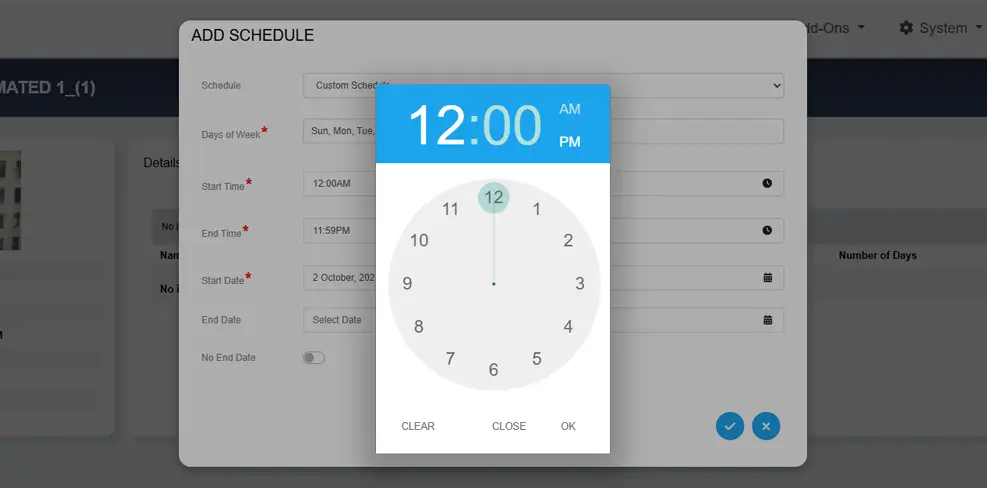
Analyze your traffic
Track when customers visit and what they order. Identify peak times for breakfast, lunch, dinner, and late-night sales. This data gives you a clear picture of when to switch menus to match demand. Without accurate traffic data, scheduling becomes guesswork.
Build a content schedule
Organize your menus into time blocks that fit your traffic patterns. Breakfast might run from 6 a.m. to 10 a.m., lunch from 11 a.m. to 2 p.m., and dinner from 5 p.m. to 9 p.m. Assign the right content to each window so customers always see relevant options.
Automate updates
Use cloud-based software to schedule and manage menu changes. Automation removes the risk of human error and keeps all locations consistent. Updates happen in seconds, and your staff stays focused on serving customers instead of updating screens.
Train your staff
Make sure every team member knows when menus change and how the schedule works. Clear training reduces confusion during transitions and keeps operations steady. Well-informed staff can also explain promotions and menu availability to customers with confidence.
Monitor results
Use sales and traffic data to measure how well your schedule performs. Look for patterns like increased upsells or fewer errors. Adjust your timing and promotions based on what the data shows. Continuous refinement helps you maximize both efficiency and revenue.
How One Restaurant Increased Sales With Smart Scheduling
A quick-service restaurant with six locations used smart scheduling to adjust menus every four hours. Breakfast sales increased by 12 percent within two months. Dinner upsells rose by 9 percent because combo promotions appeared only during peak evening hours.
Why Time-Based Scheduling Delivers Better Results
Time-based scheduling helps you match menu offerings to customer flow. You deliver what customers expect, and your staff works more efficiently. The result is higher sales, fewer errors, and smoother operations.


